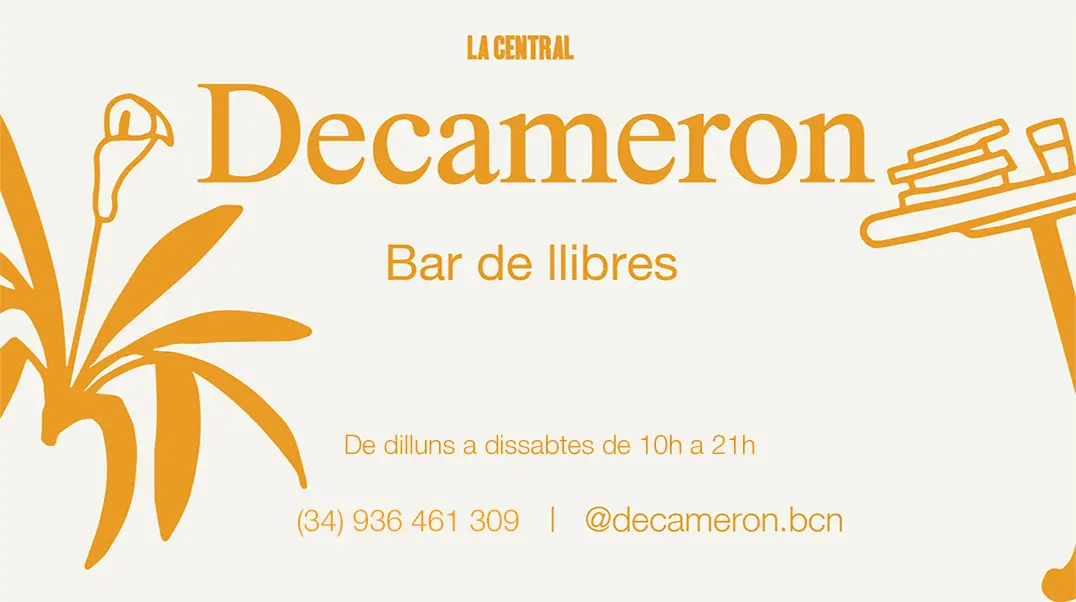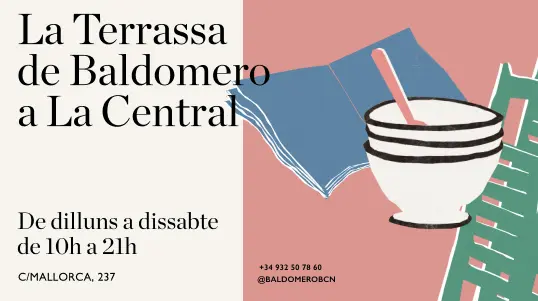Alexander Calder and Fischli/ Weiss

Alexander Calder and Fischli/ Weiss
Sense existències ara
Rep-lo a casa en una setmana per Missatger o Eco Enviament*Sobre el libro Alexander Calder and Fischli/ Weiss de publicado por Cantz al 2016:
At the heart of the exhibition is the aspect of fragile balance, a precarious, yet simultaneously promising state that is always temporary. In exemplary ways Alexander Calder has been formulating this aspect since the early twentieth century, while Peter Fischli and David Weiss have been doing the same thing since the end of the same century. At first glance, their works could not be more different, but later, they prove to be simply the results of different perspectives in different time periods of the same theme. Alexander Calder (1898–1976) is the master of fragile balance in modern art. His oeuvre is regarded as the embodiment of the balance between gravity and weightlessness. With his pioneering, innovative mobiles Calder created what is probably the most valid form in modern art. In their oeuvre dating back to 1979, Peter Fischli (1952) and David Weiss (1946–2012) have given the theme of precarious balance an entirely different kind of iconic form. With the same sort of sensual indefatigability they developed an irresistible game focusing on balance, clarity, and vision, in which, however, imponderabilities and stumbling blocks often gain the upper hand. Alexander Calder’s works of art enter into an intriguing dialogue with the installations by the team of Swedish artists, Peter Fischli and David Weiss.El llibre Alexander Calder and Fischli/ Weiss de pertany a la matèria
Veure altres ressenyes de Art
Ressenya
Marc Fumaroli
“Mundus muliebris”. Élisabeth Louise Vigée Le Brun, pintora del Antiguo Régimen femenino
Vigée Le Brun era hija de padre pintor y, además, esposa de un marchante de arte, hecho este último que la hacía candidata inaceptable en la Academia de pintura y escultura.

Ressenya
Marta Piñol Lloret
Mitos e imágenes
Las imágenes que nos rodean pueden surgir o pueden adquirir un significado mítico. Imágenes próximas, imágenes místicas, imágenes de empoderamiento, imágenes sobre los principios y los finales, tod...

Ressenya
Sarah Watling
Mañana quizá el futuro
Mañana quizá el futuro nos permite a los lectores de hoy entrever cómo en la historia se da constantemente una lucha por el relato, además de vislumbrar a una generación rebelde dispuesta ...

Ressenya
Joana Masó y Éric Fassin
Elsa von Freytag-Loringhoven. La artista que dio cuerpo a la vanguardia
Alrededor del año 2000, el hallazgo de varios documentos inéditos hizo que la crítica planteara la posibilidad de que la Fontaine (1917), obra firmada por R. Mutt, y generalmente atribuida...






